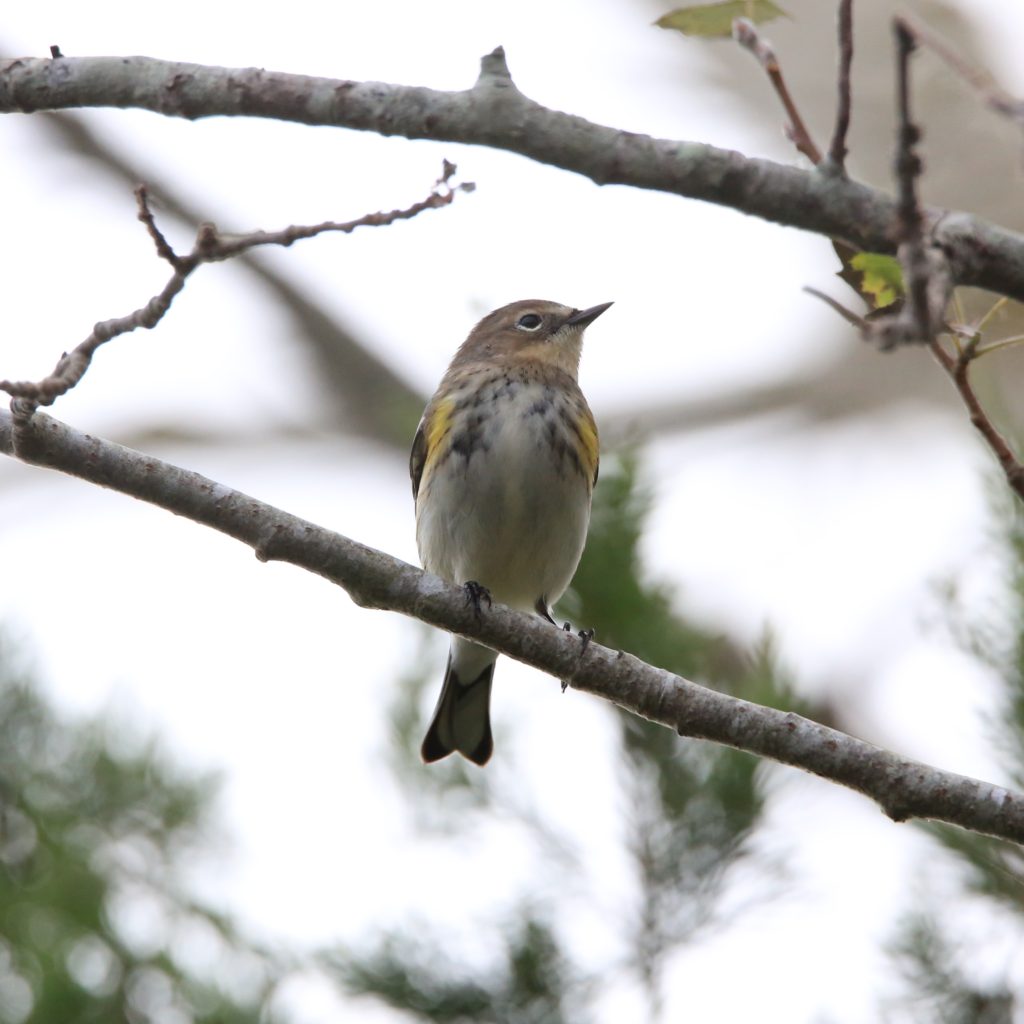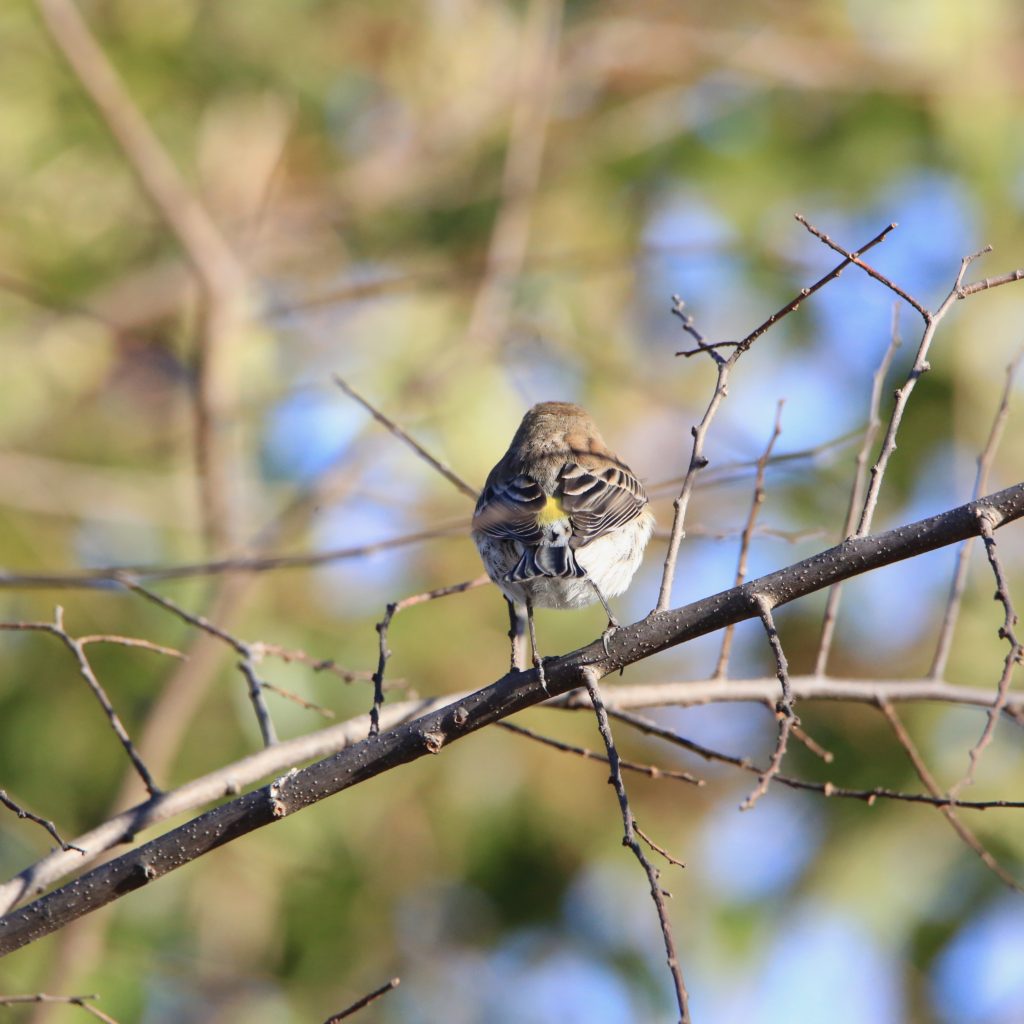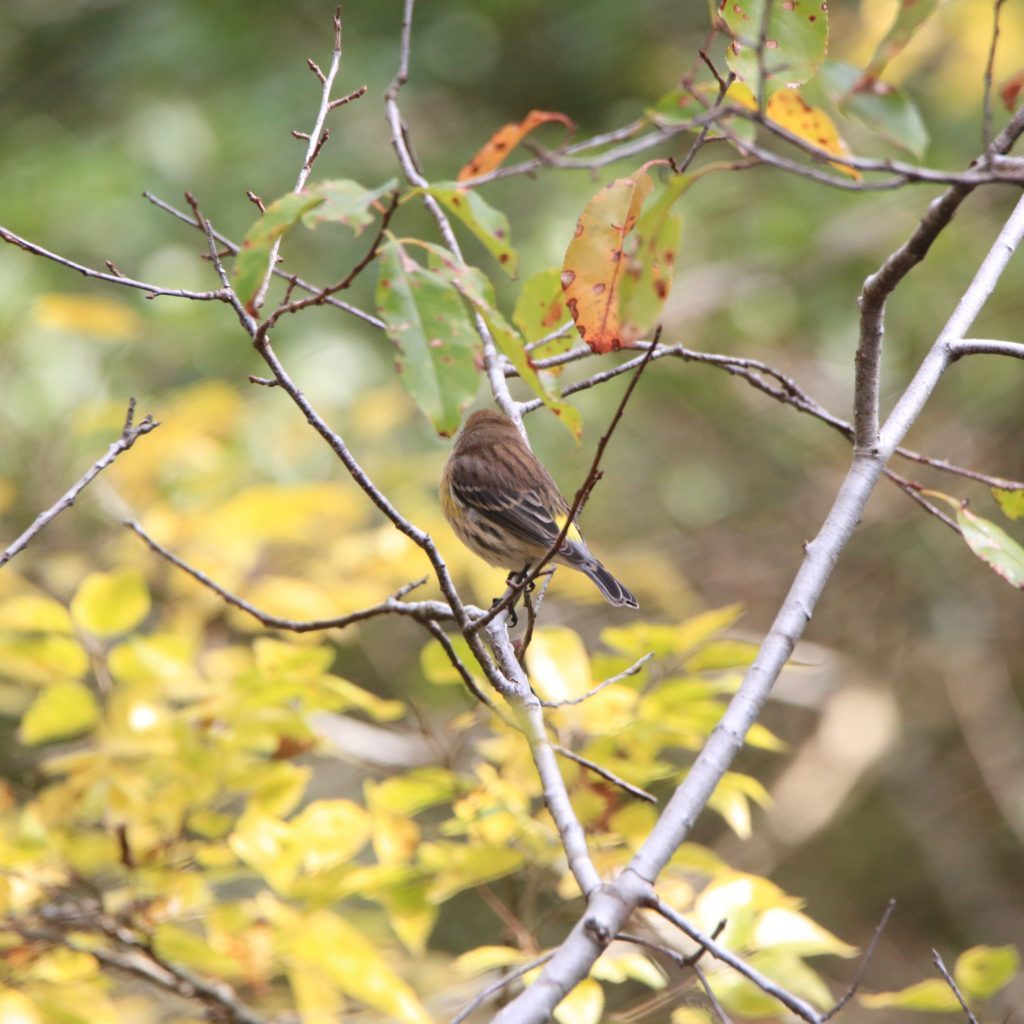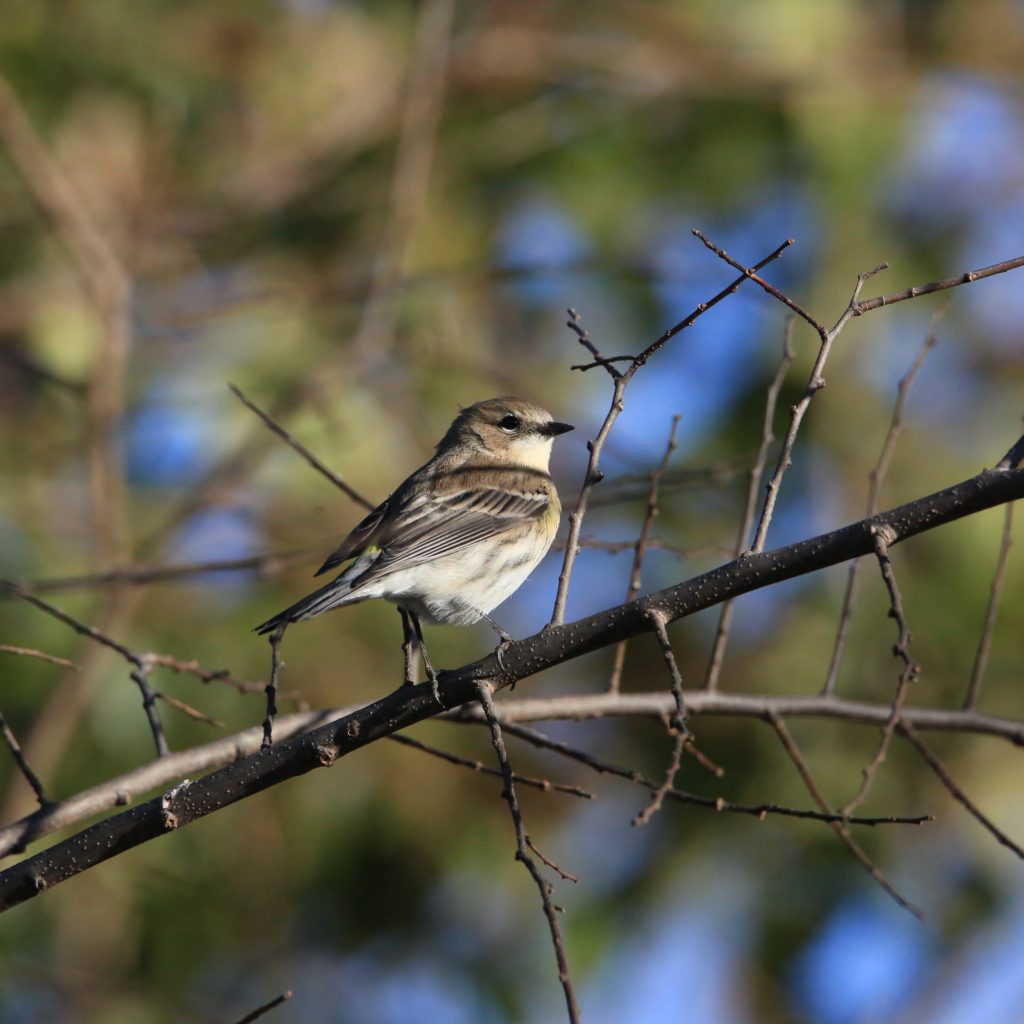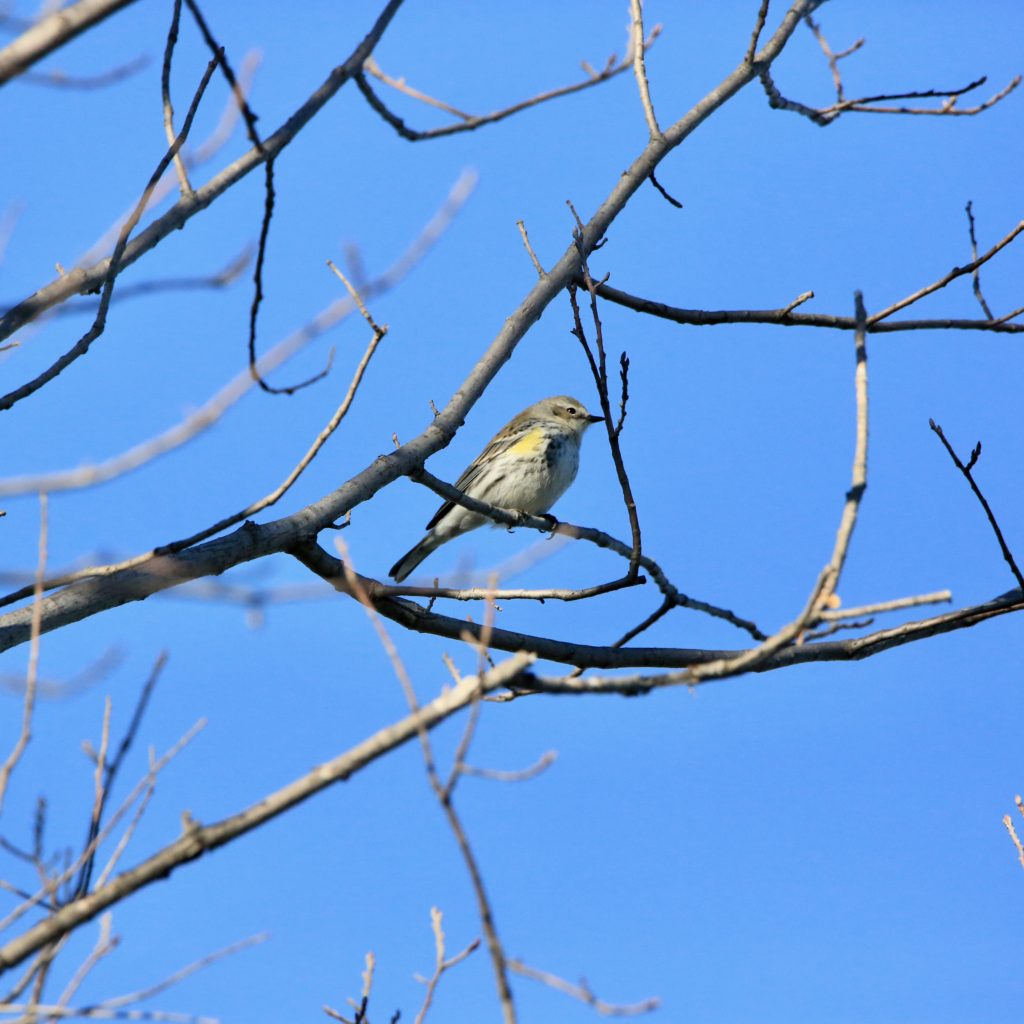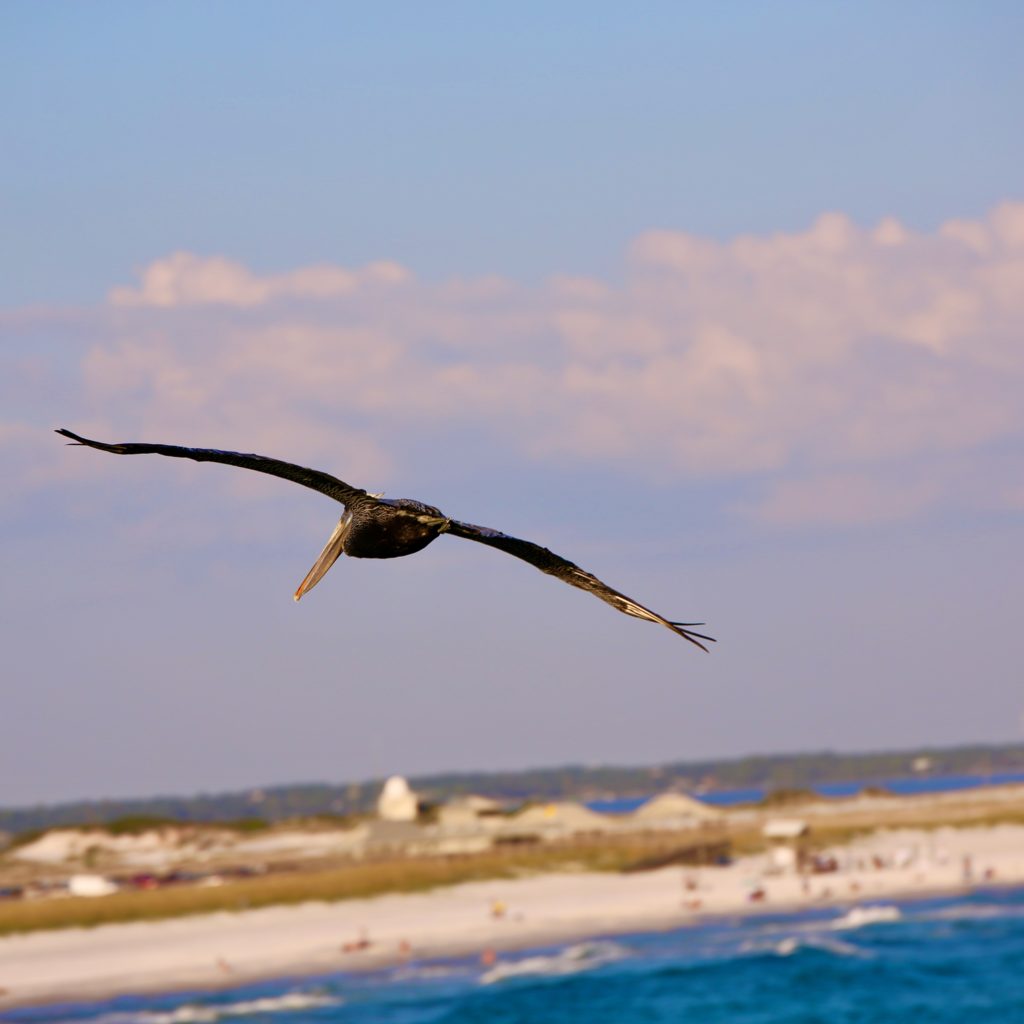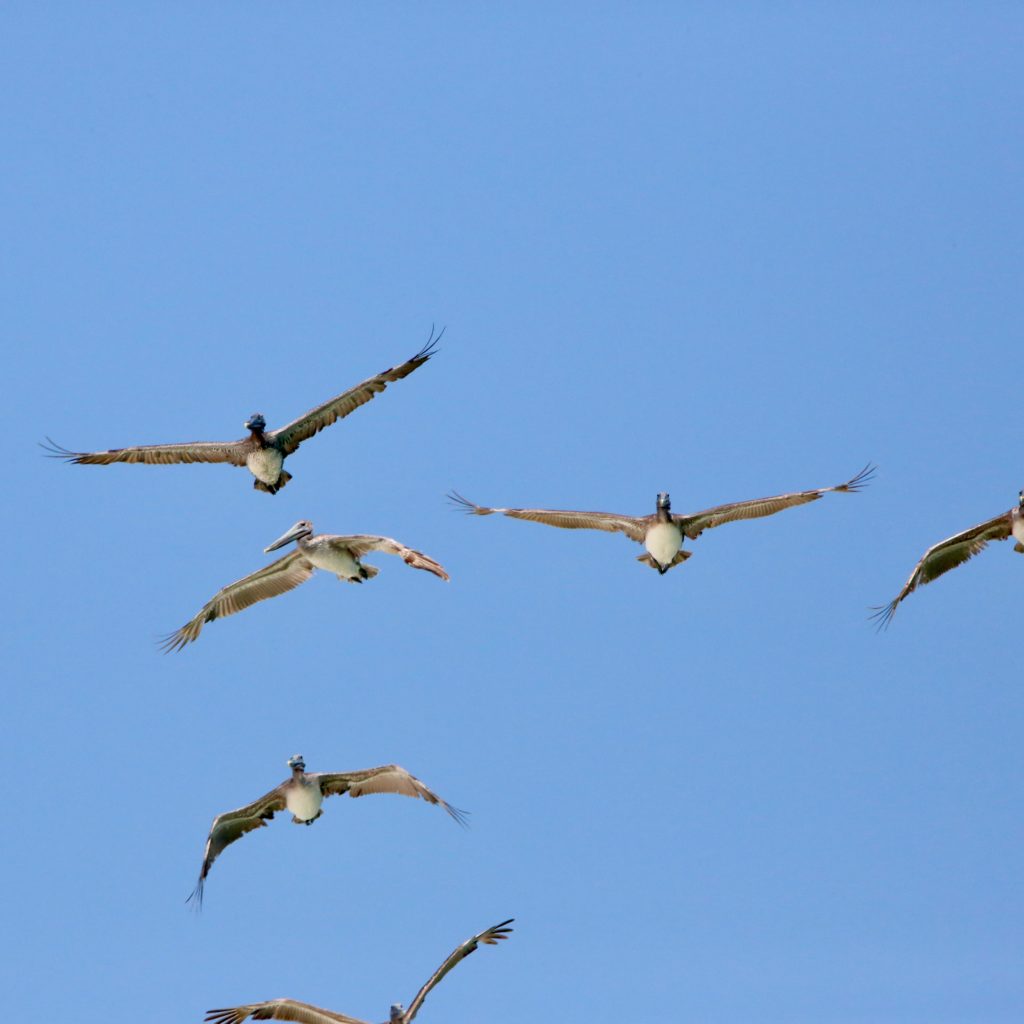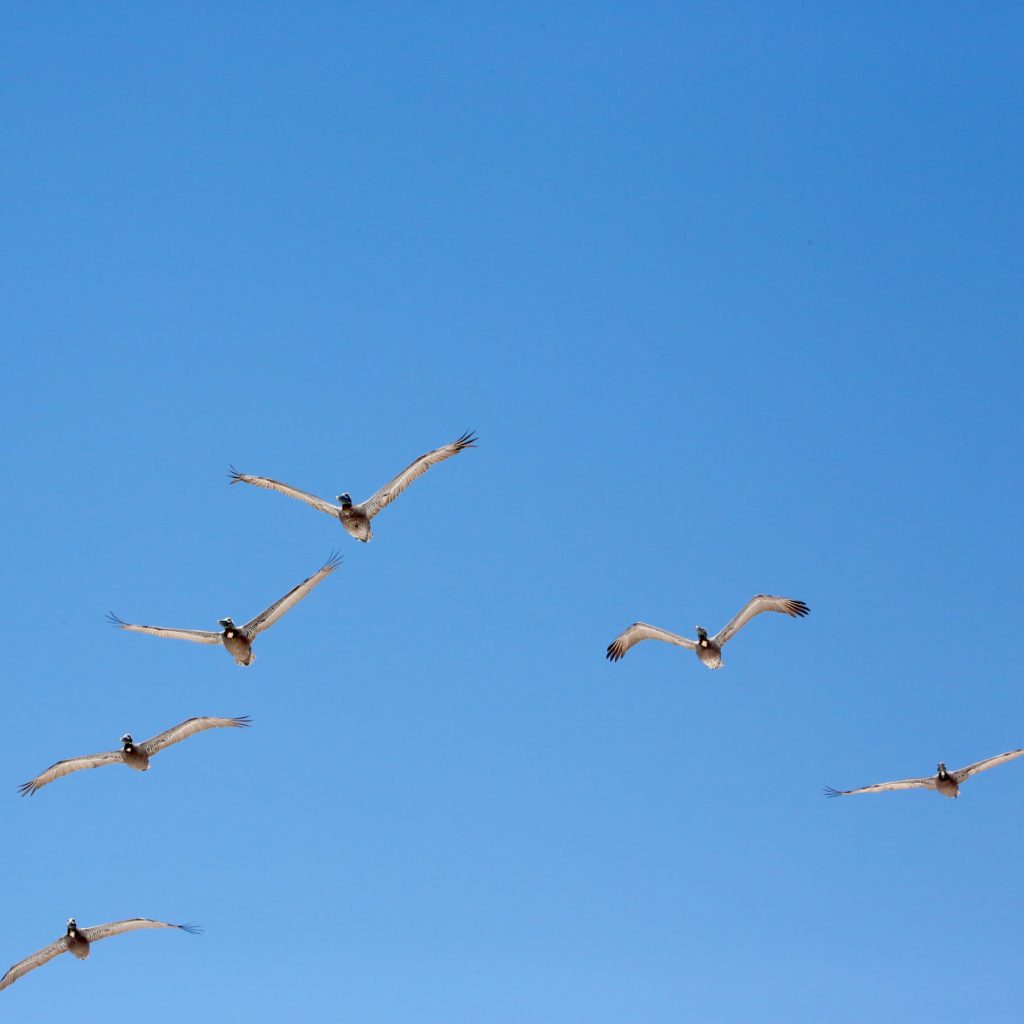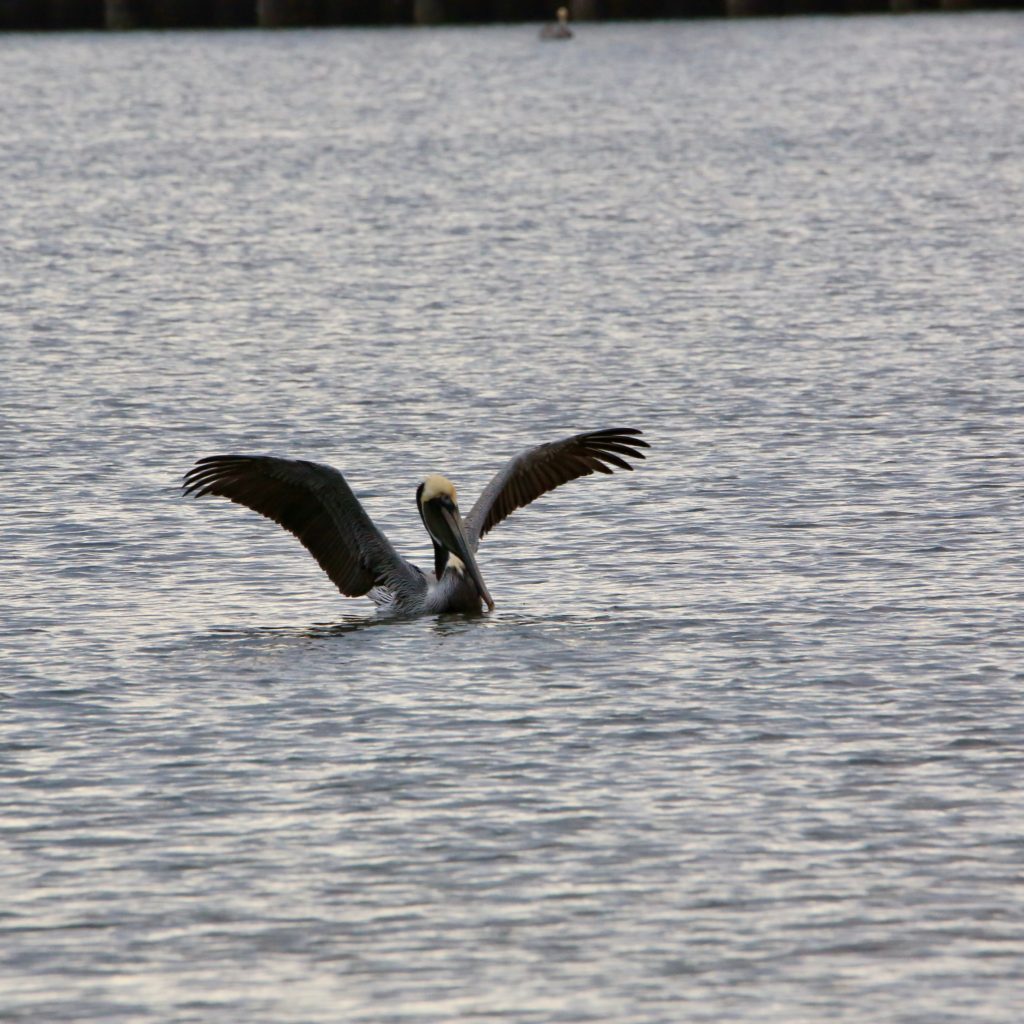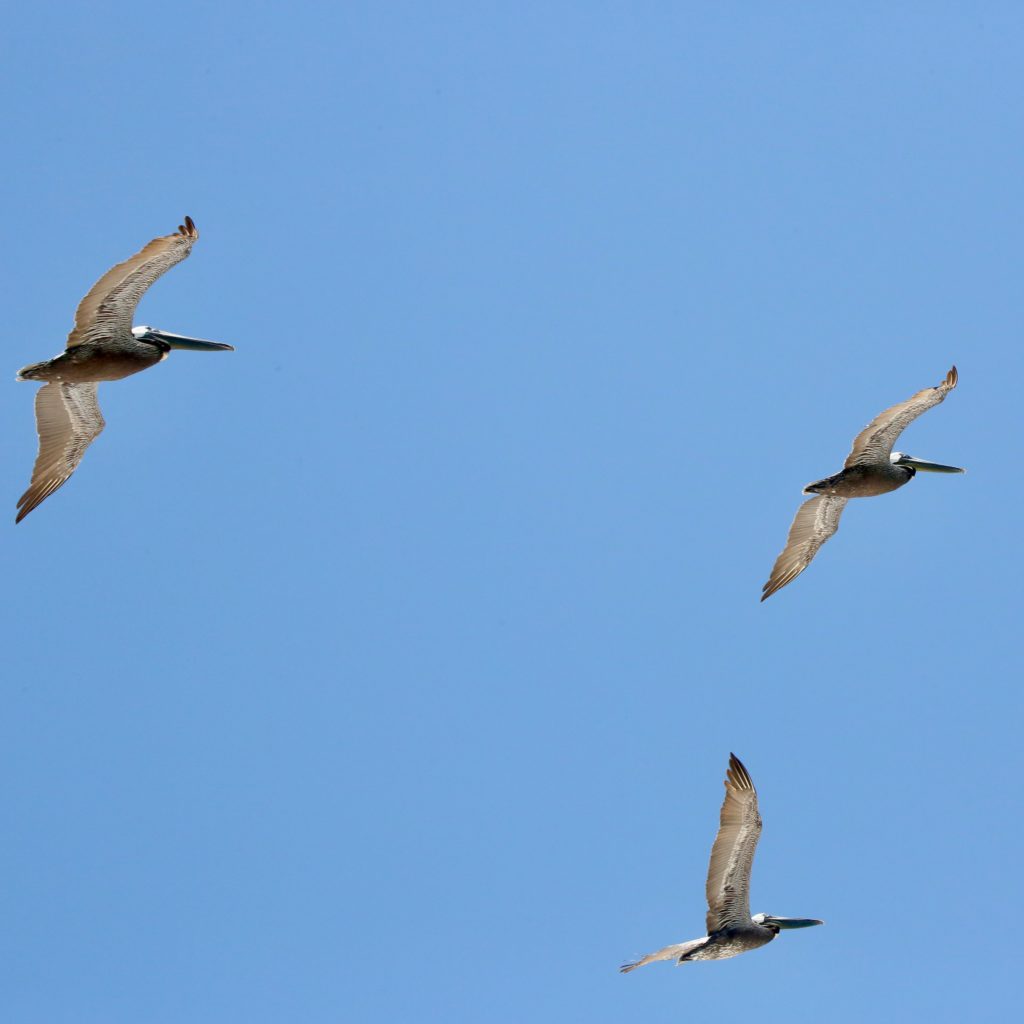
Bird Watching at Redwood National Park
Share
The Redwood National Park in Northern California’s coast covers Del Norte and Humboldt county. It is actually an amalgamation of several national and state parks. The 138,999 acres of the parks have old-growth forests of redwood under its protection. The parks include Prairie Creek Redwoods State Parks, Del Norte Coast, Jedediah Smith, and Redwood National Park.
Major Attractions at Redwood National Park
It is obvious that a park with so much habitat diversity would have some huge adventurous activities. A place like the Fern Canyon alone is enough to make someone’s day. There are places in the canyon where the Fern walls are 50 feet high, leading to a unique experience.
The Tall Tree Grove has 100 meters high trees. The Lady Bird Johnson Grove trail makes you feel like you have stepped inside an enchanting fairy tale. The Endert’s Beach is a little to the side but is worth seeing during low tide as you find sea urchins and sea stars on the pools. How about going to Battery Point Lighthouse and Museum, one of California’s first lighthouses, for a history trip.
GET KIDS BIRD WATCHING
Bird Watching at Redwood National Park
A total of 710 species have been observed in California. On record, there have been 280 species of bird in Redwood National Park. The entire USA has 800 recorded species, so about one-third is present in this park alone.
The vast bird diversity can be attributed to how the park’s landscape covers the habitats scattered throughout it. Yet, one can tour the entire park in a single day and come across or listen to at least a dozen bird species present.
The vast majority of the park belongs to coastal redwoods that protect second-growth conifer forests within it. In summer, just before the sun rises, you have the rare chance of spotting the Marbled Murrelet, an endangered species. Other than that, this part of the park has Woodpeckers, Ruffed Grouse, Owls, Warblers, and Flycatchers.
The southeast portion of the park has a habitat made of Oregon Oak and grasslands. The birds seen here are either oak lovers or open country birds such as Western Scrub-Jay, Red-tailed Hawk, and White-tailed Kite.
Along the riverside, such as Prairie Creek, Redwood Creek, Smith River, and Mili creek, you will notice big maple leaf, willow, and red alder dense forests. Here, you might find a Spotted Sandpiper, Yellow Warbler, American Dipper, etc.
Half the coastlands of the Redwood National Park consist of sandy beaches. This includes Crescent Beach, False Klamath Cove, Freshwater Spit, and Gold Bluffs Beach. Different species of Sandpipers stop by these beaches during winter or migration season, which includes Sanderlings and Whimbrels.
10 Birds to See at Redwood National Park
Yellow Warbler
Yellow Warblers are an all-around yellow bird with some light brown stripes on their chest. These birds live throughout North America. Their population is stable and not at risk of endangerment. They make their homes in gardens, streams, and along swamp edges. Yellow Warblers have a distinct whistle. They feed on insects in willows, wet woods, and even by the roadside. Yellow Warblers migrate early in the fall.
Black-crowned Night-Heron
Black-crowned Night-Herons are gray and black with a white plume on their head. They are most common in wetlands across North America. These Herons live on every continent except Antarctica and Australia. Their population is stable after having a decline. They live in marshes and roosts of trees. Black-crowned Night-Herons are most active at night, finding food such as small fish to eat. They also like to eat squid, mussels, and clams. They lay 3 to 4 eggs in a platform type nest. Most of these Herons migrate south for the winter.
Brown Pelican
Brown Pelicans have a dark body and an oversized bill. You can find them along the southern coasts of the United States. They were once endangered, but due to conservation efforts, have come back. They make their habitat on beaches and near oceans. Brown Pelicans feed by diving into the water from high up and scooping up small fish. They lay about 3 eggs and nest in colonies. Brown Pelicans migrate along the coast moving south for winter.


























